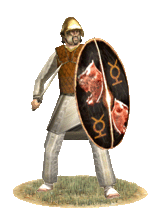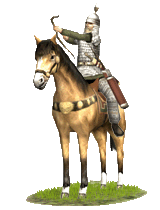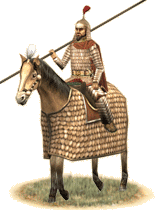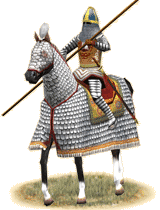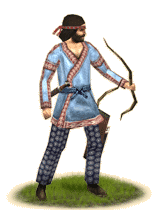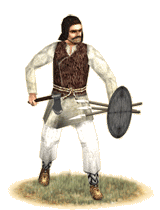What i wish to tell you that Sassanid Army have allies and vassals which provide superior horse archer that they don't even need to field their horse archer. During the reign of Shapur II, the Sassanids have abandoned mounted archery because armored lancers are better than horse archer or heavy horse archer, but it changed when the Sassanids suffered a major defeat against the Hephthalites. Due to the military disaster, reforms was initiated by Khosrow I which cavalry must arm themselves with lance, sword, mace or battle axe and bow and arrow and mail armor, lamellar armor, and and horse armor that covers half of the horse and not the whole body.

 , eswār(ī
, eswār(ī , early recognized by Arab philologists as a loanword from Persian meaning cavalryman. It could be a cavalrymen of Iranian origin or mercenary.
, early recognized by Arab philologists as a loanword from Persian meaning cavalryman. It could be a cavalrymen of Iranian origin or mercenary.